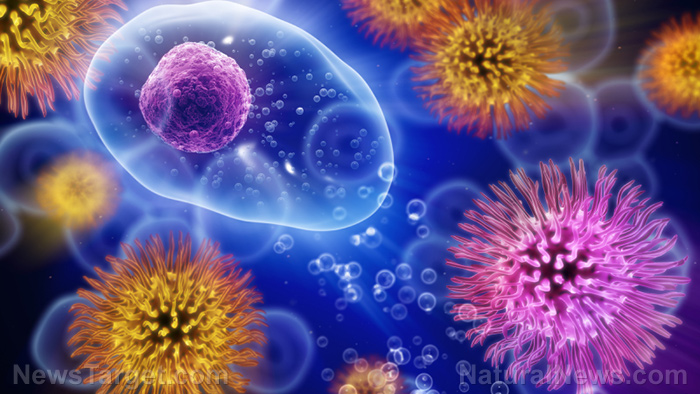
Y. enterocolitica is commonly found in pigs, as well as other animals like rodents, rabbits, sheep, cattle, horses, dogs, and cats. However, a person becomes infected by the bacterium by eating contaminated food – especially raw or undercooked pork – or through contact with someone who has handled contaminated food and did not wash their hands. Infants and babies can become infected with yersiniosis through this method, as they usually put toys, bottles, and pacifiers in their mouths. In some cases, Y. enterocolitica is found in milk or untreated water, or through contact with infected animals and their feces.
The symptoms of yersiniosis may vary depending on the age of the person that has been infected. In children, common symptoms include fever, abdominal pain, and diarrhea, which may be bloody. As for older children and adults, the main symptoms include abdominal pain on the right side, as well as fever. While complications are rare, skin rashes and joint pain may develop once Y. enterocolitica infects the bloodstream.
Phage treatment
Phage therapy, while older than antibiotic therapy, is making a comeback. This could not have happened at a better time, as the latest bacterial infections are multi-drug resistant – with some bacteria even found in meat products. In an article published in Microbial Sciences, it reported a case of a man getting an antibiotic-resistant Acinetobacter baumannii infection, which left him in a coma for two months. After phage treatment was administered, the man woke up and the infection cleared after a few months. For this study, the researchers looked at the possible uses of phage therapy outside medicine, in particular, on food items that often transmit infection.
The team isolated and characterized four virulent bacteriophages that can infect Y. enterocolitica – one of Podoviridae (fHe-Yen3-01) and three of Myoviridae (fHe-Yen9-01, fHe-Yen9-02, and fHe-Yen9-03). Of the four, fHe-Yen9-01 was the most effective, as it was able to impact 61.3 percent of the strains. The study also noted a latent period of 35 minutes, a burst size of 33 plaque-forming units per cell, and had a genome of 167,773 base pair with 34.79% GC (or guanine-cytosine) content.
The fHe-Yen9-01 phage was then assessed to see how effective it was in treating food contaminated with the bacteria. Researchers used the Y. enterocolitica O:9 strain Ruokola/71 in an experimental model that simulated the food market environment.
Food samples were exposed to the Y. enterocolitica bacteria and were then treated using bacteriophages. The results showed that phage treatment prevented bacterial growth in food samples. These included raw pork (stored at 4 C for 72 hours), ready-to-eat pork (stored at 26 C for 12 hours), and milk (kept at 4 C for 72 hours).
"Phage treatment was effective in inhibiting bacterial growth in food, while the number of phages in the food grew, indicating that phages infect bacteria and grow in them also when refrigerated," explained corresponding author Mikael Skurnik.
Moreover, phage treatment also worked for kitchen utensils – such as wooden and plastic cutting boards and knives, and artificial hands – that were exposed to the bacteria. According to the authors, the study is the first of its kind to show the successful application of phages in food and kitchen utensils. Future studies may include phages in the decontamination process, as well as actual food processing.
"One option is a phage mixture effective against several bacteria, such as the Salmonella and Campylobacter species, as well as the most common food poisoning bacteria in the gut," according to Skurinik. "This mixture could also be administered in a preventive manner to farm animals, for example, mixed in their drinking water."
Learn the latest advancements in food safety by heading to FoodScience.news today.
Sources include:
Please contact us for more information.



















